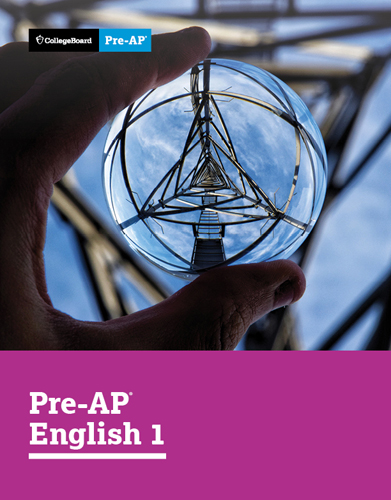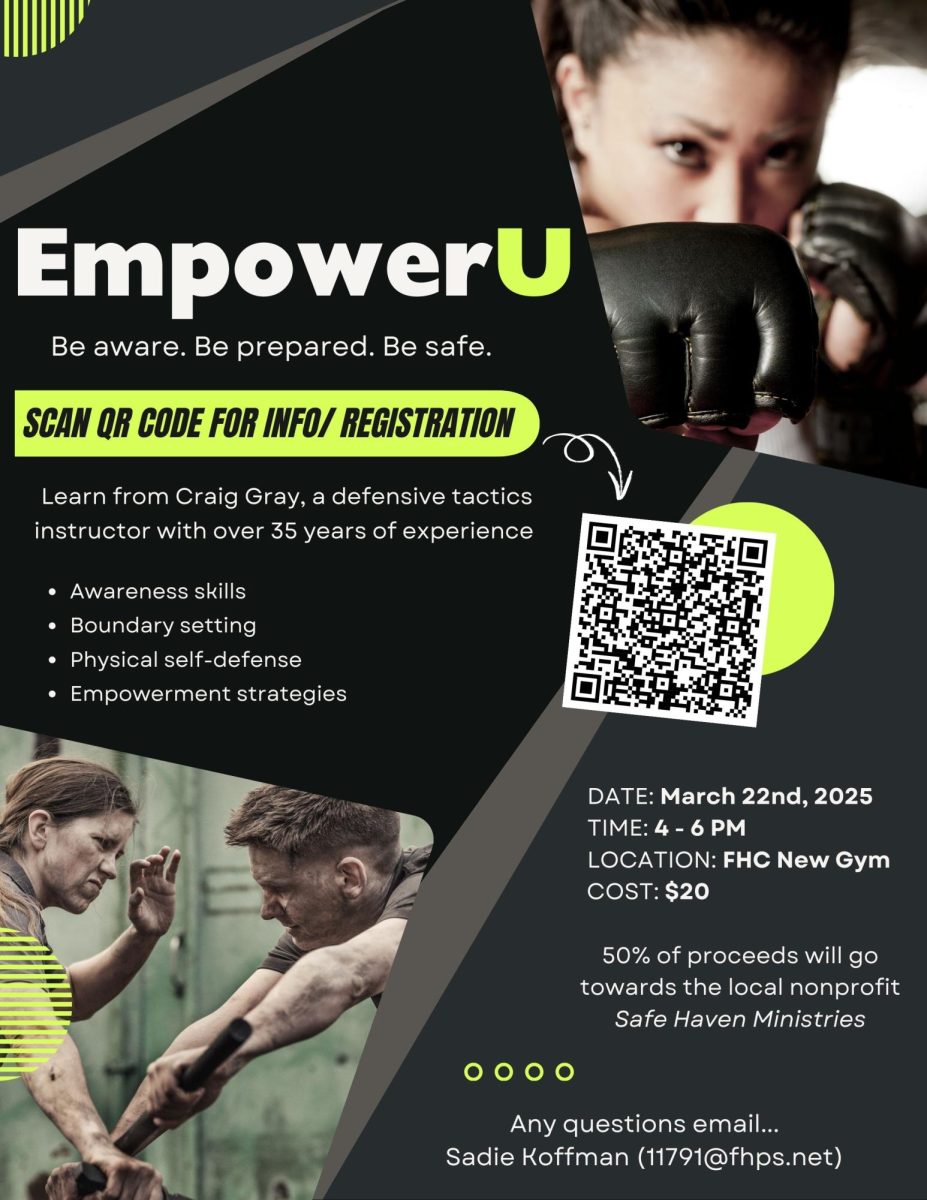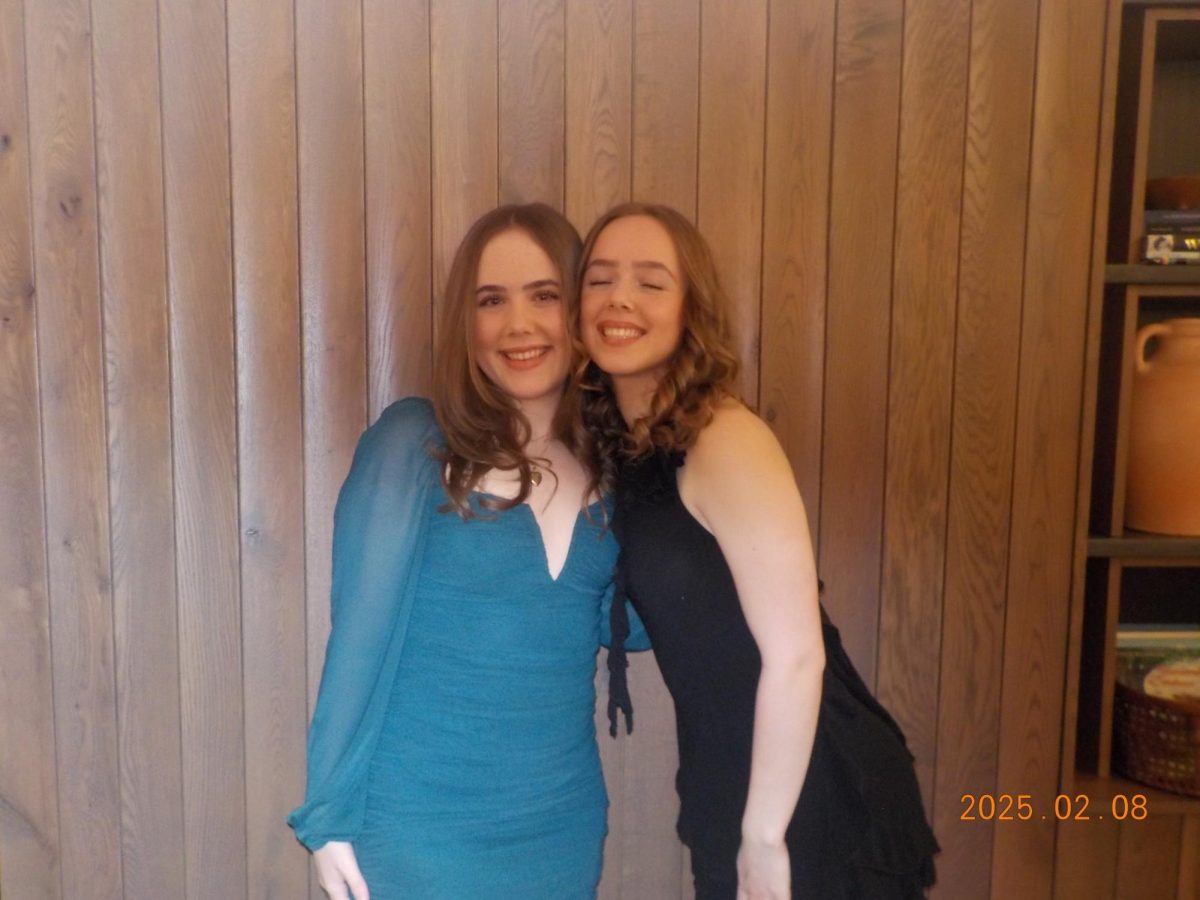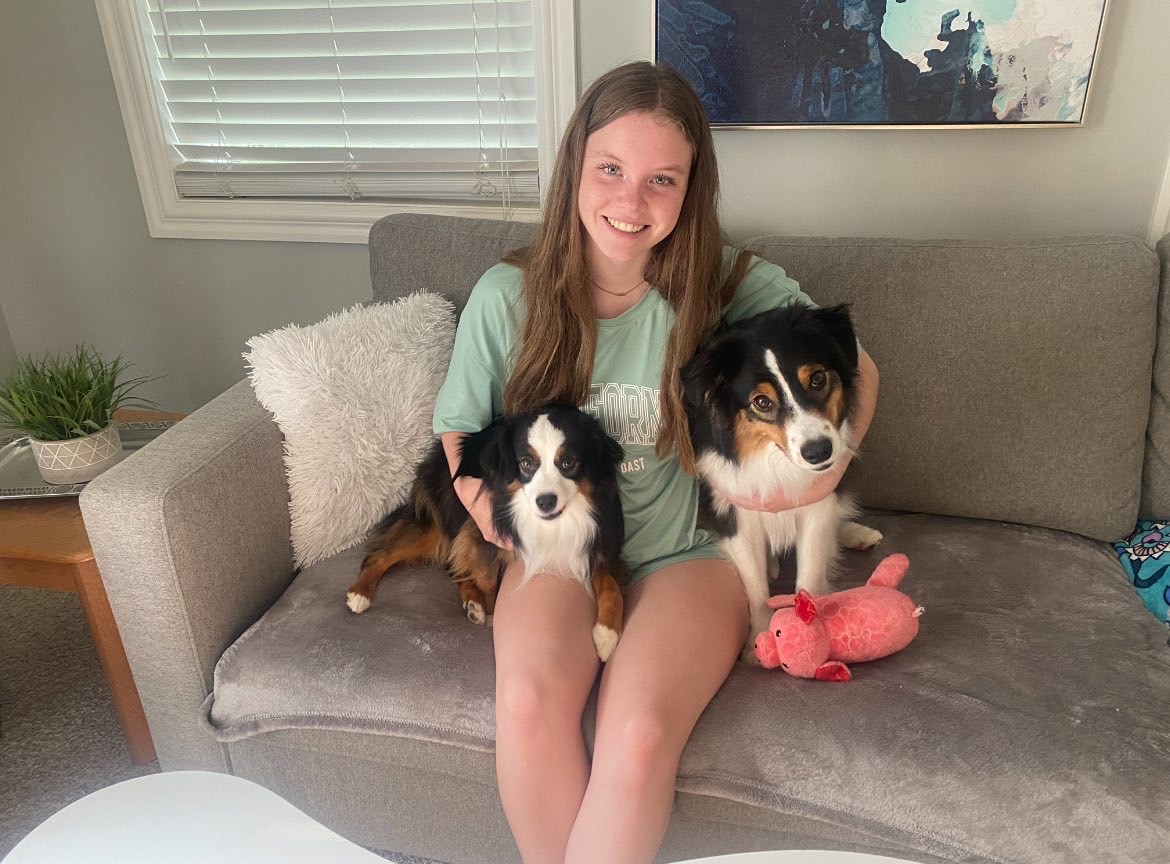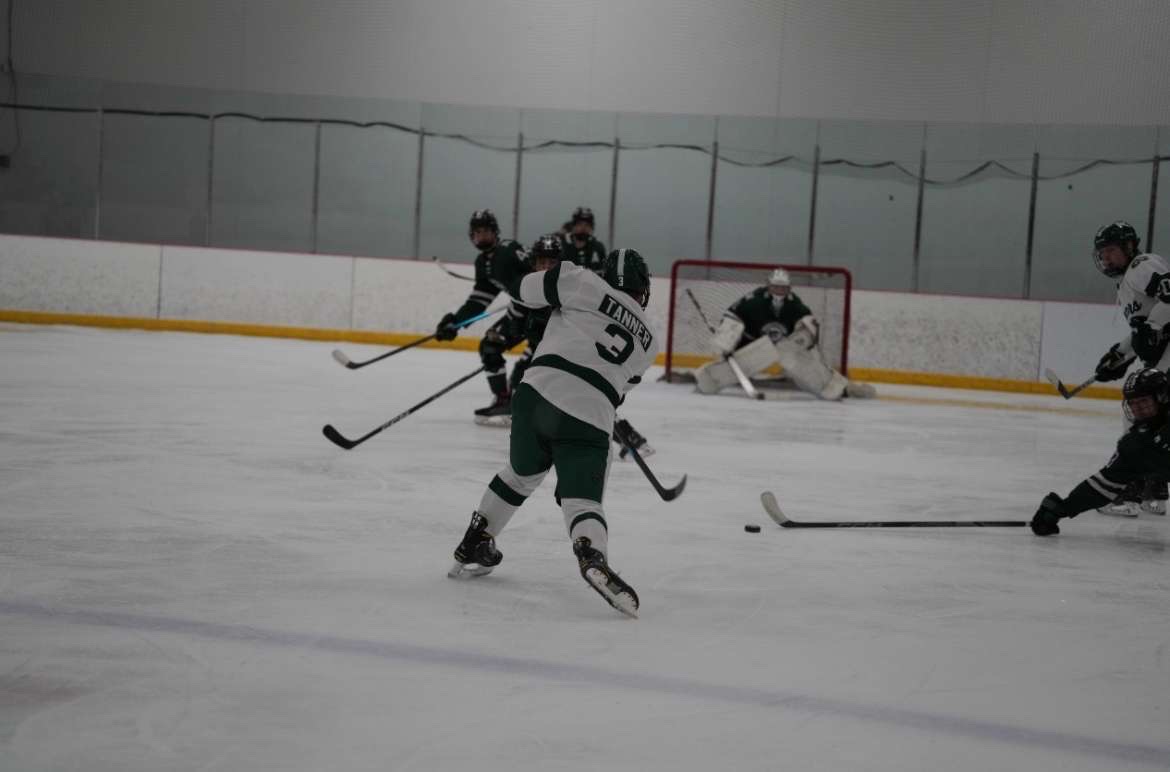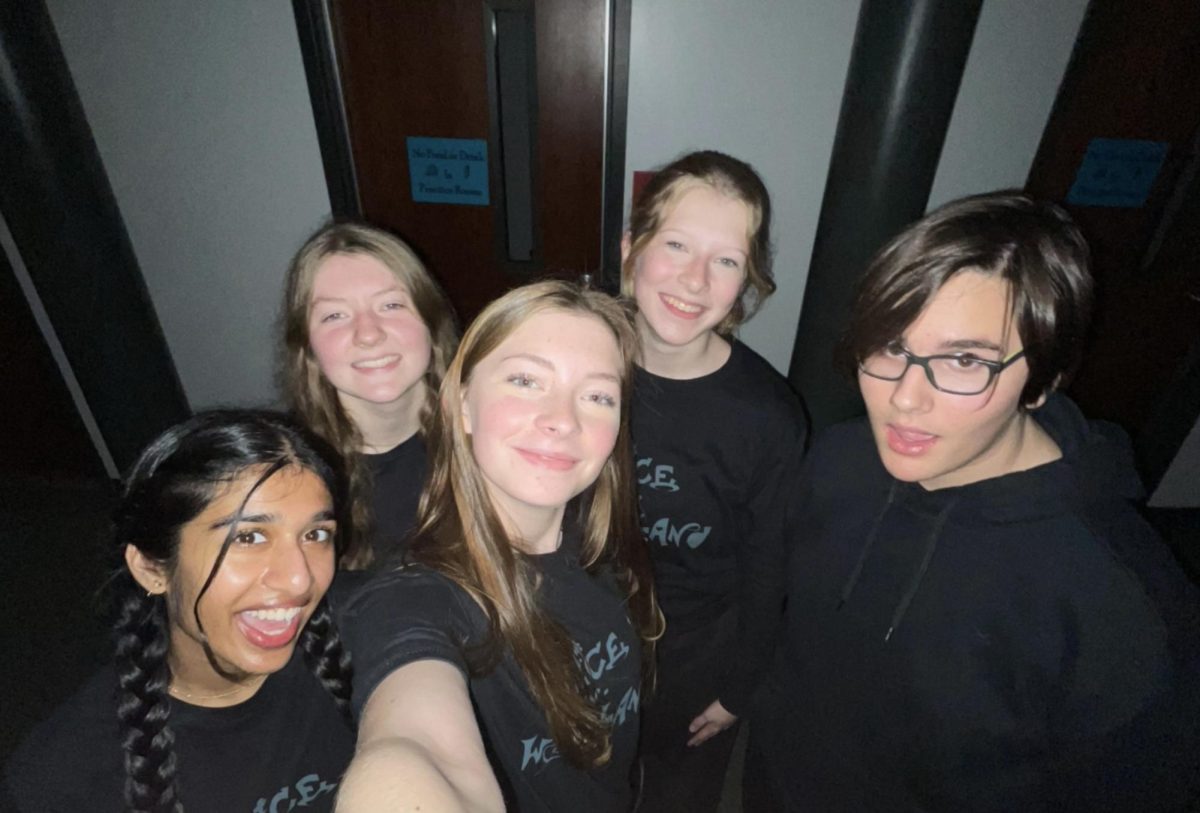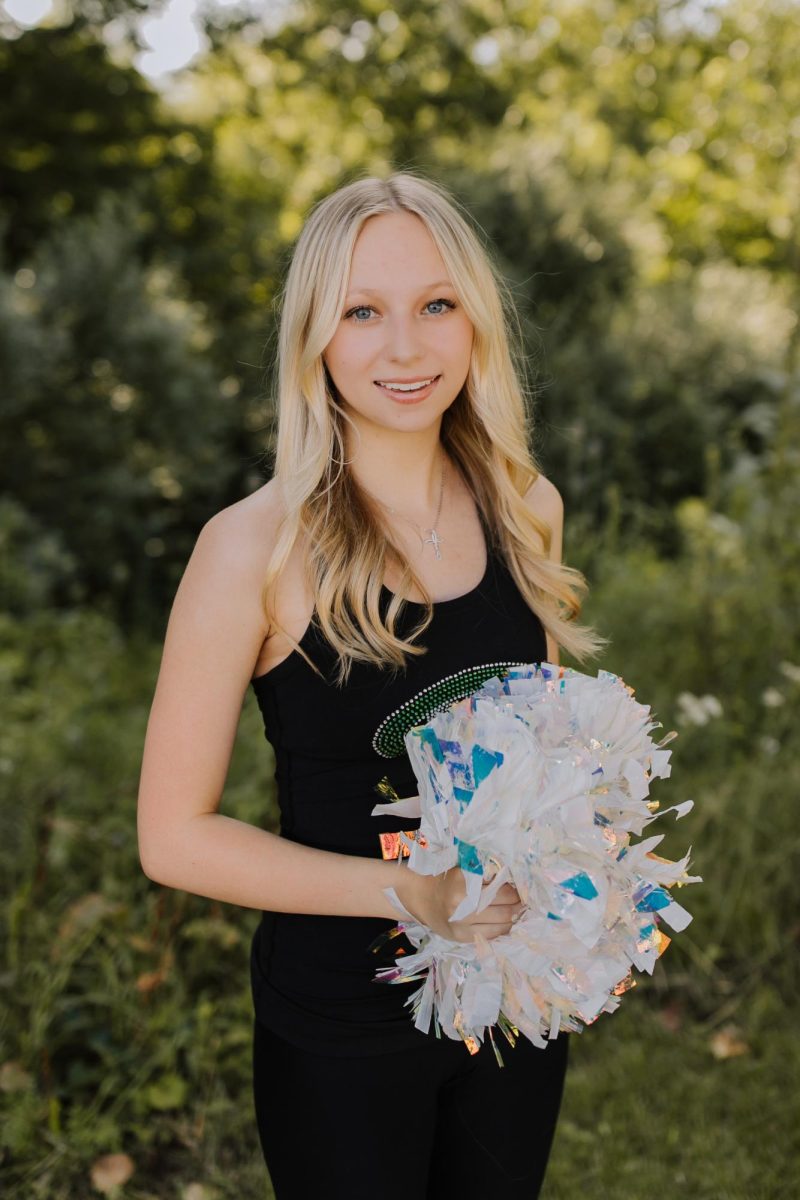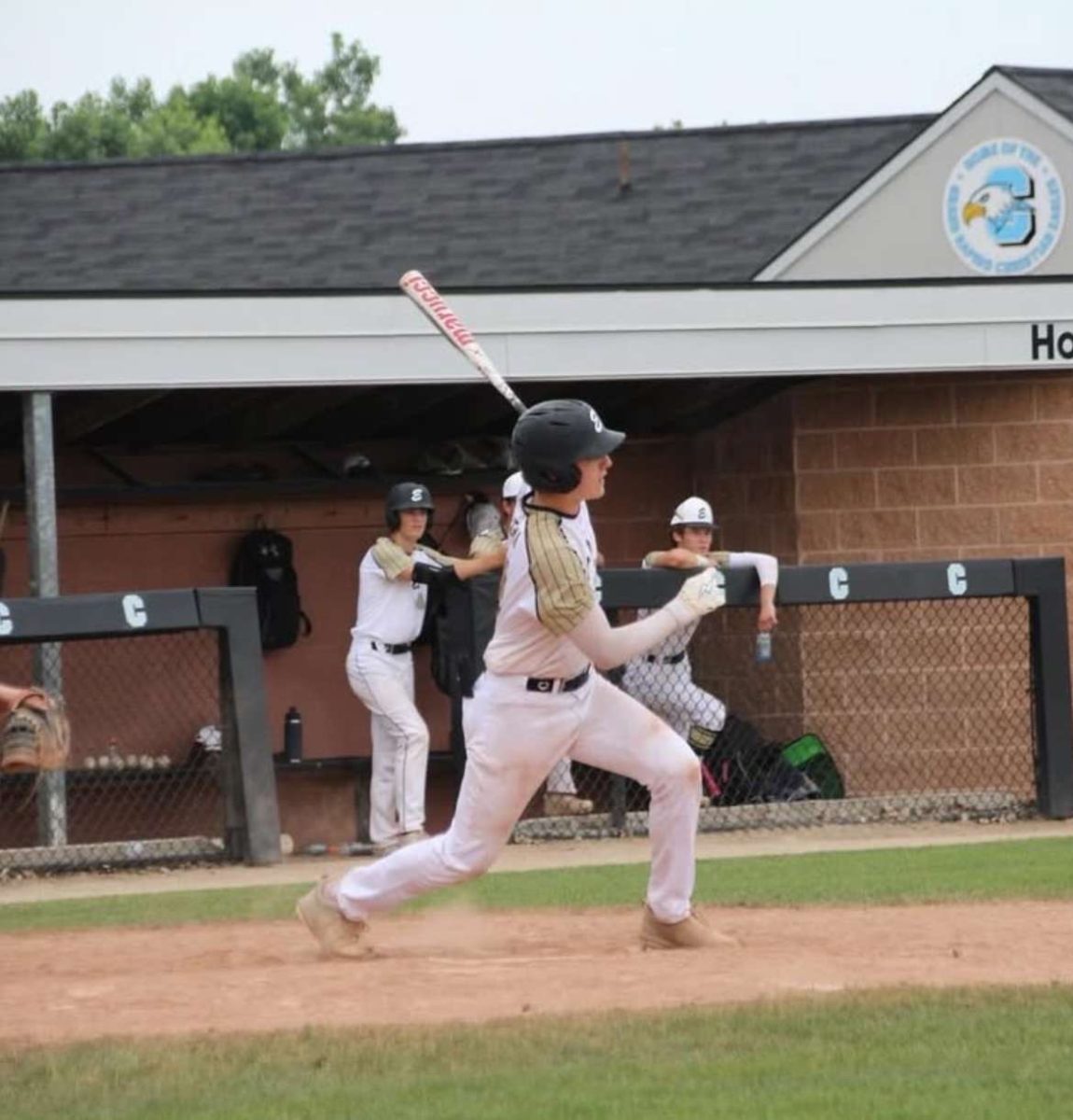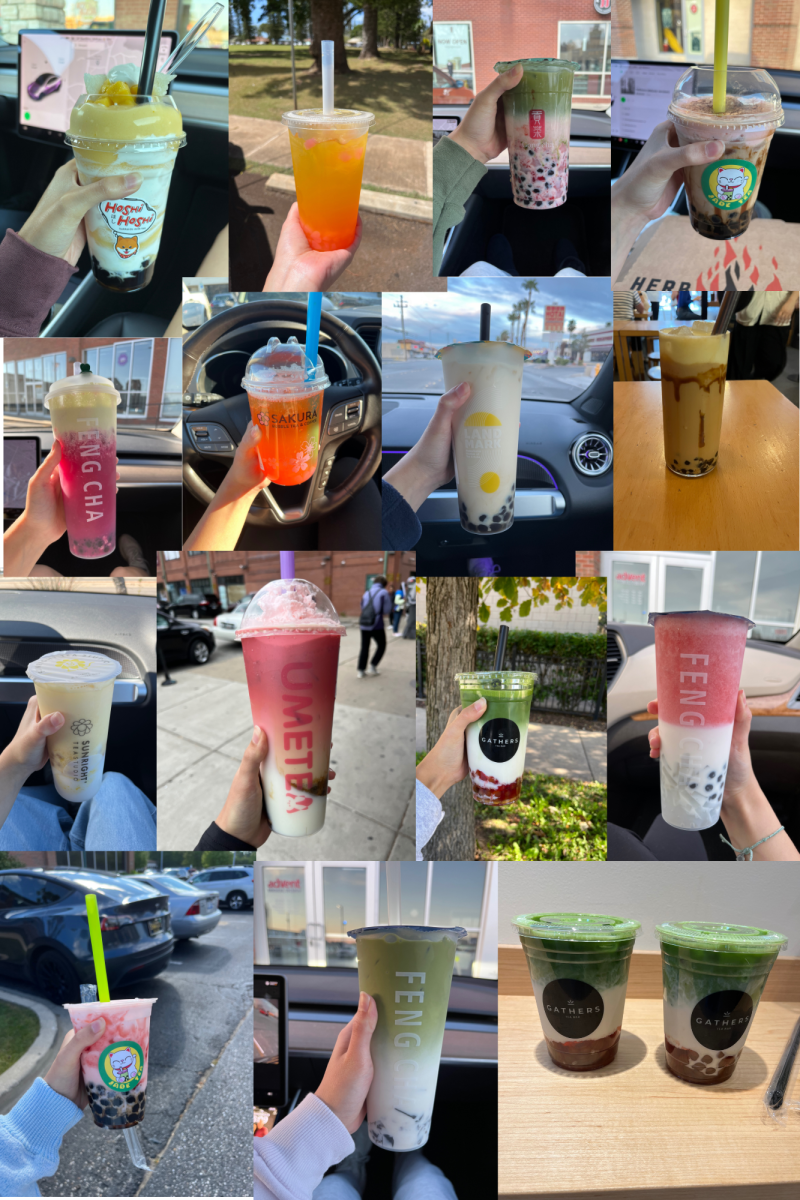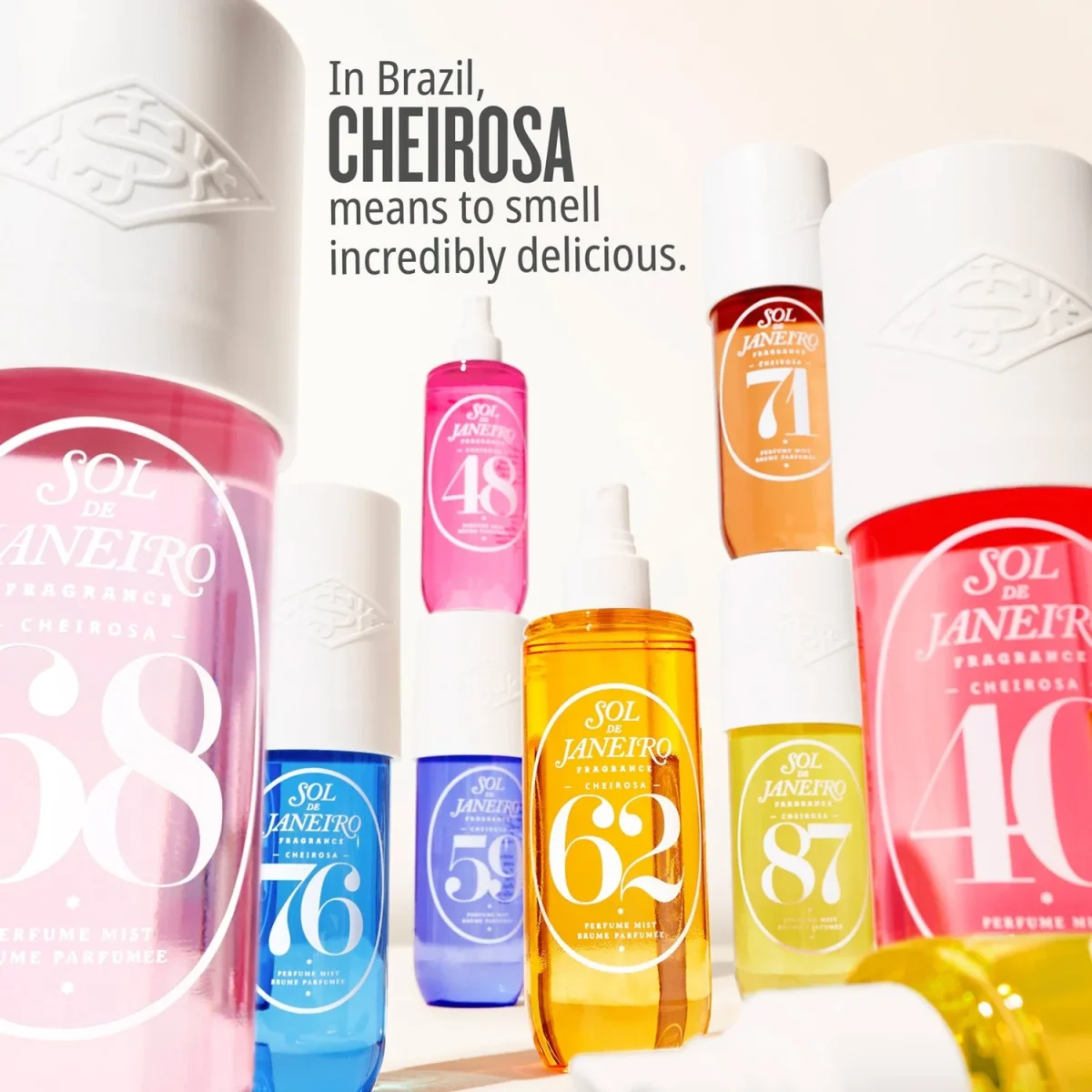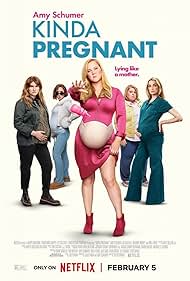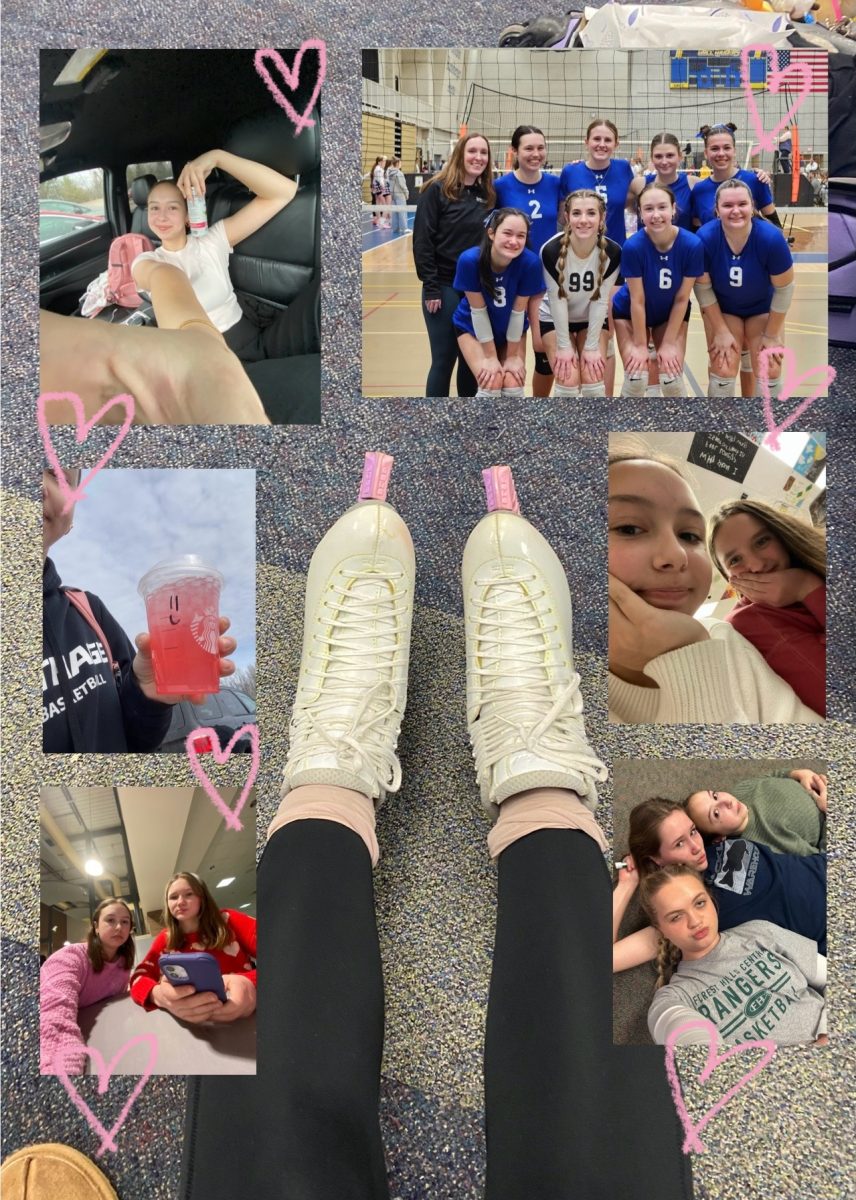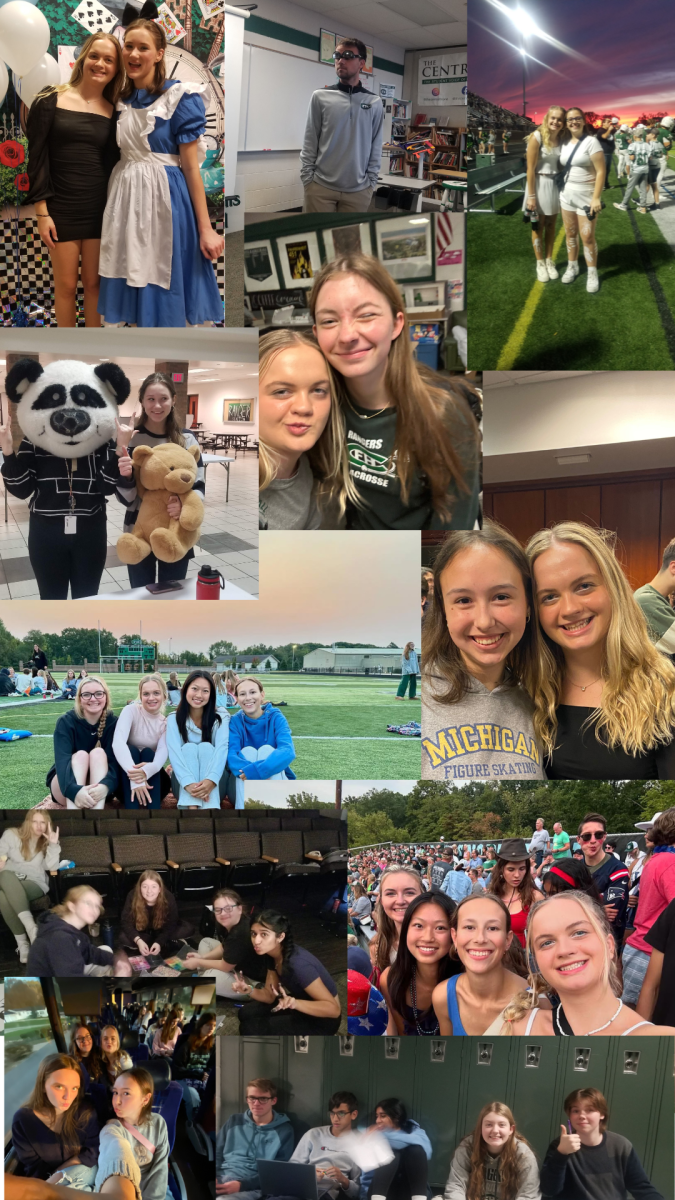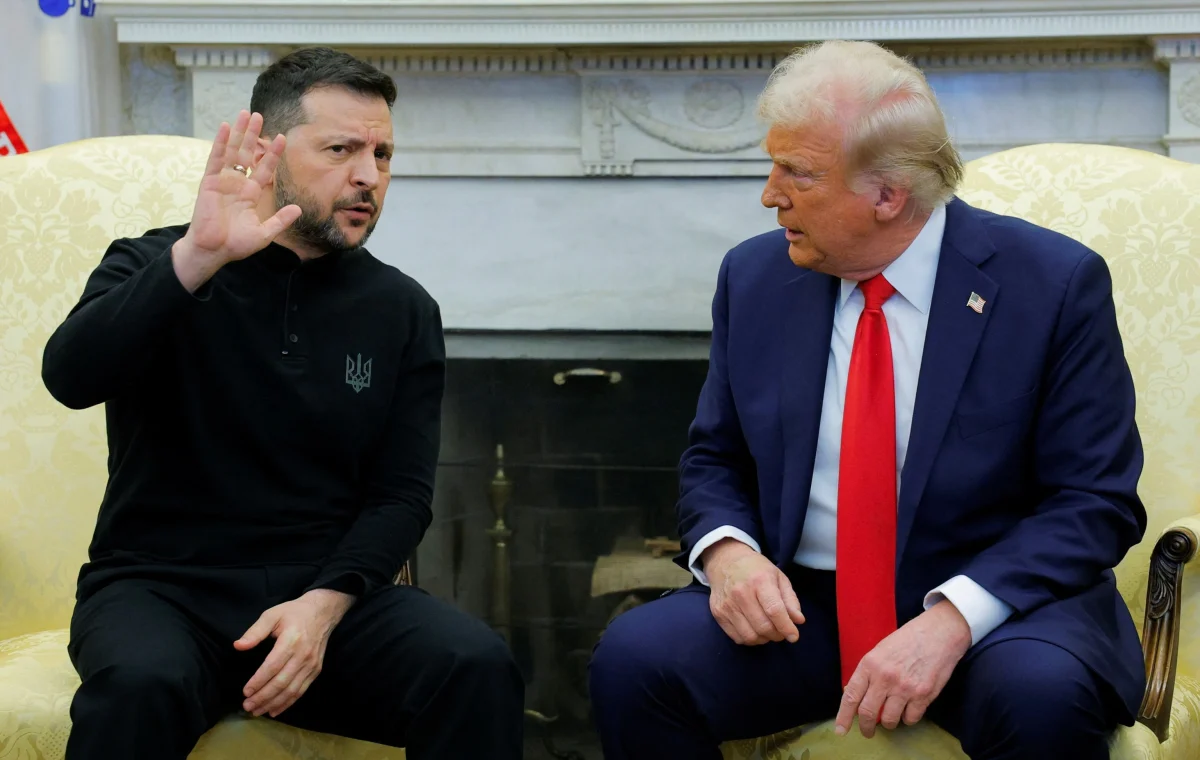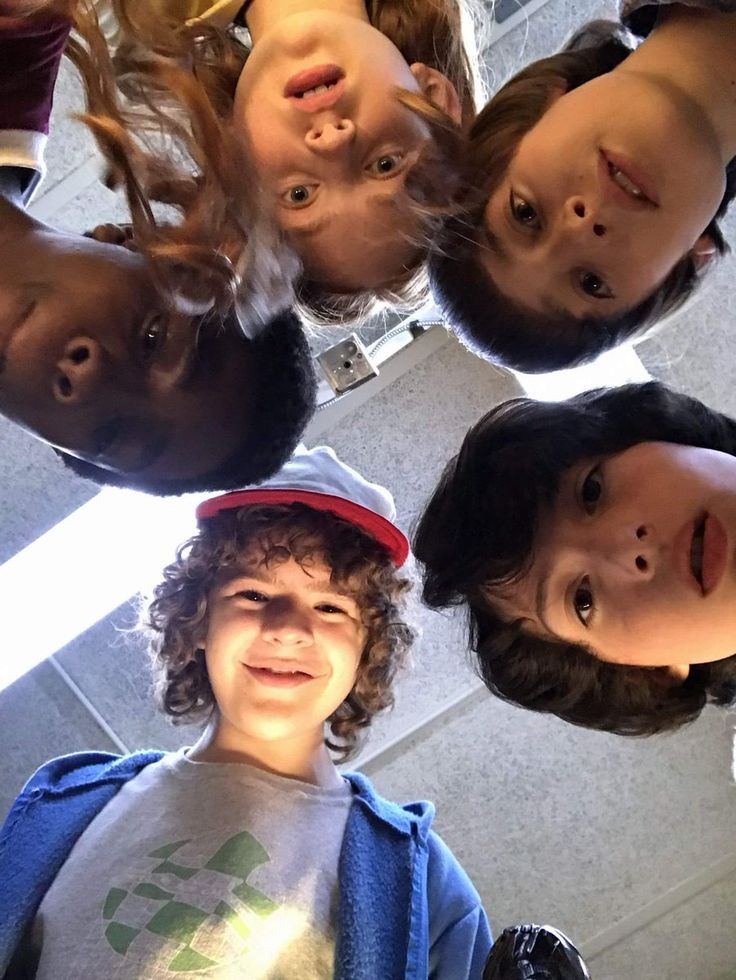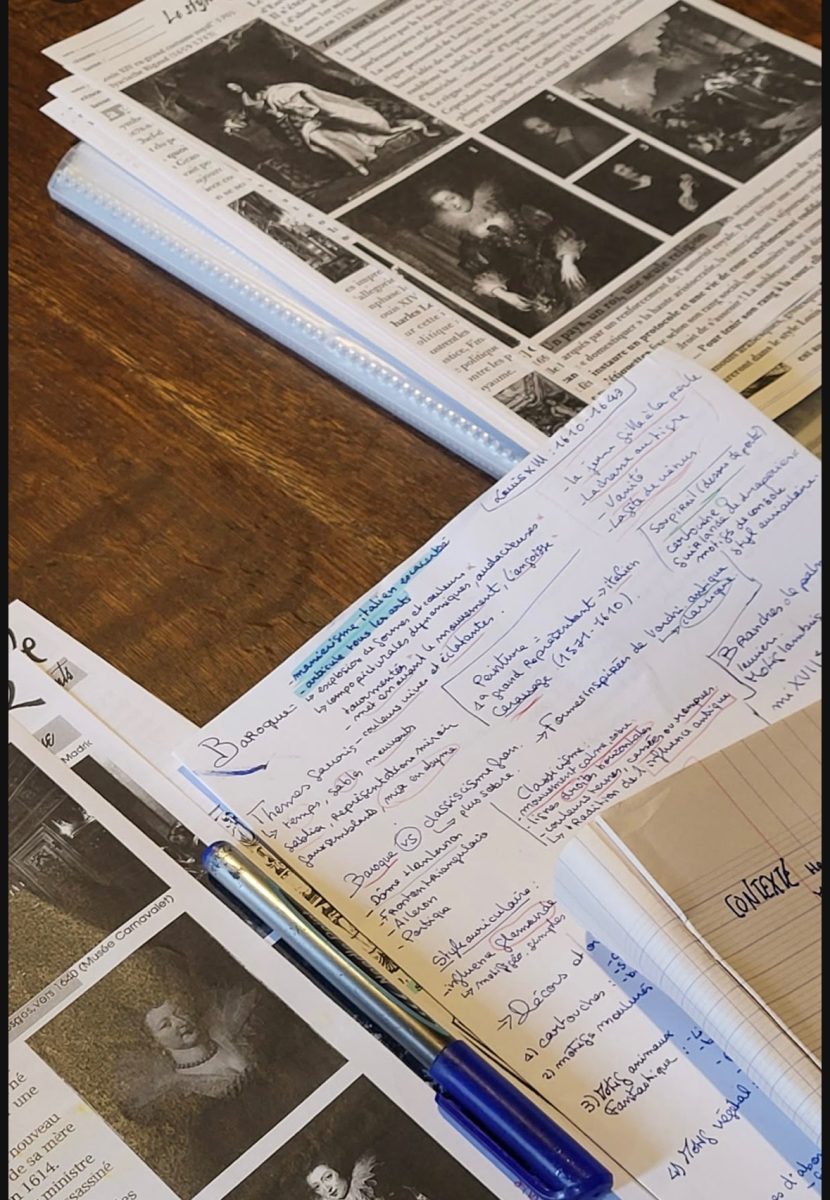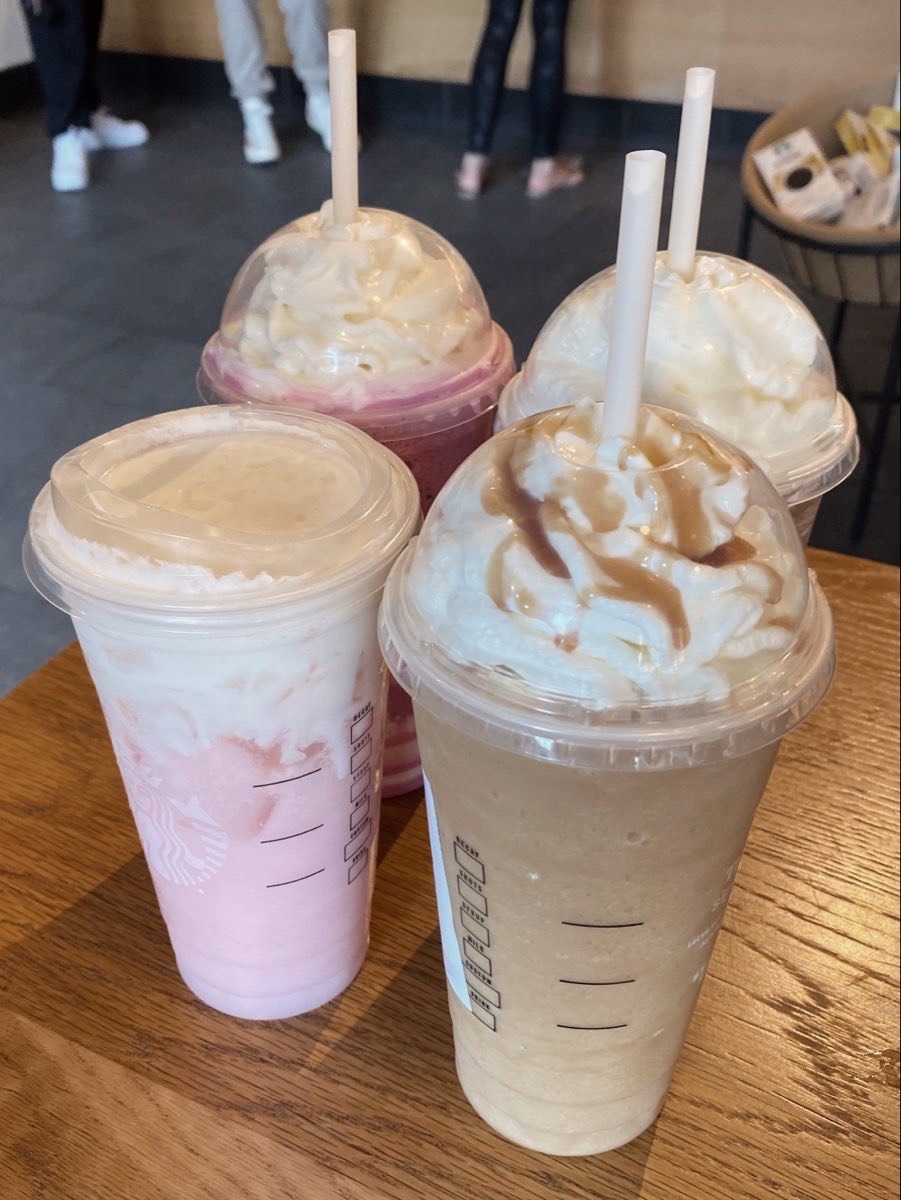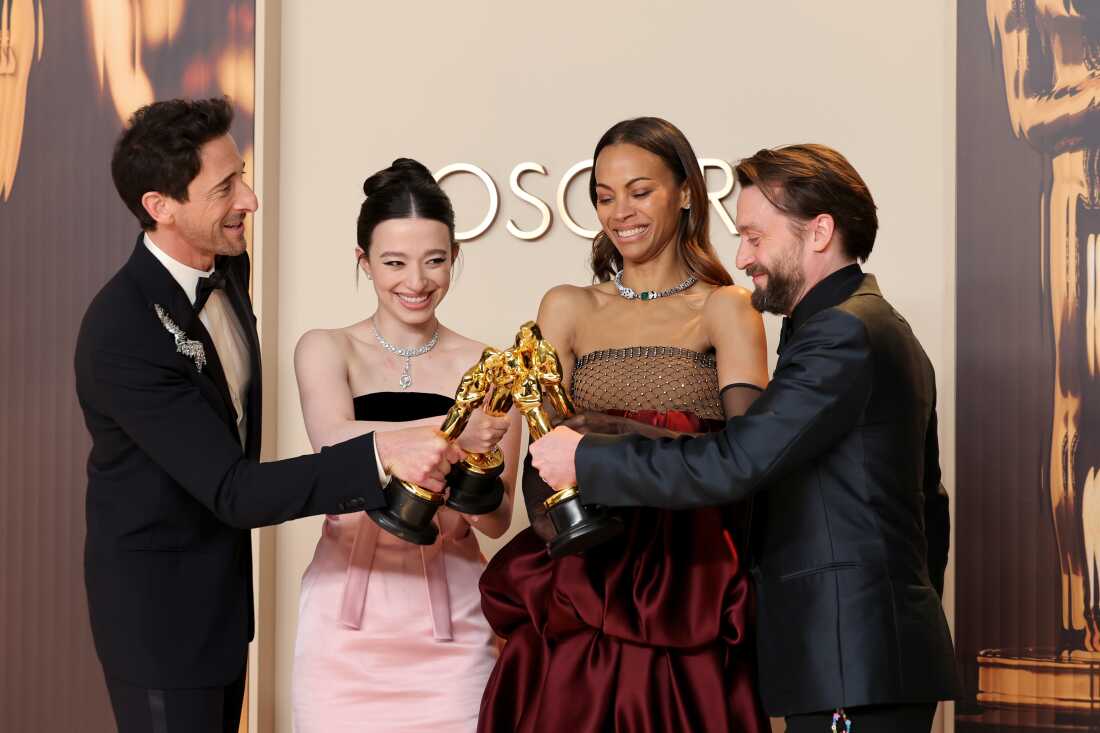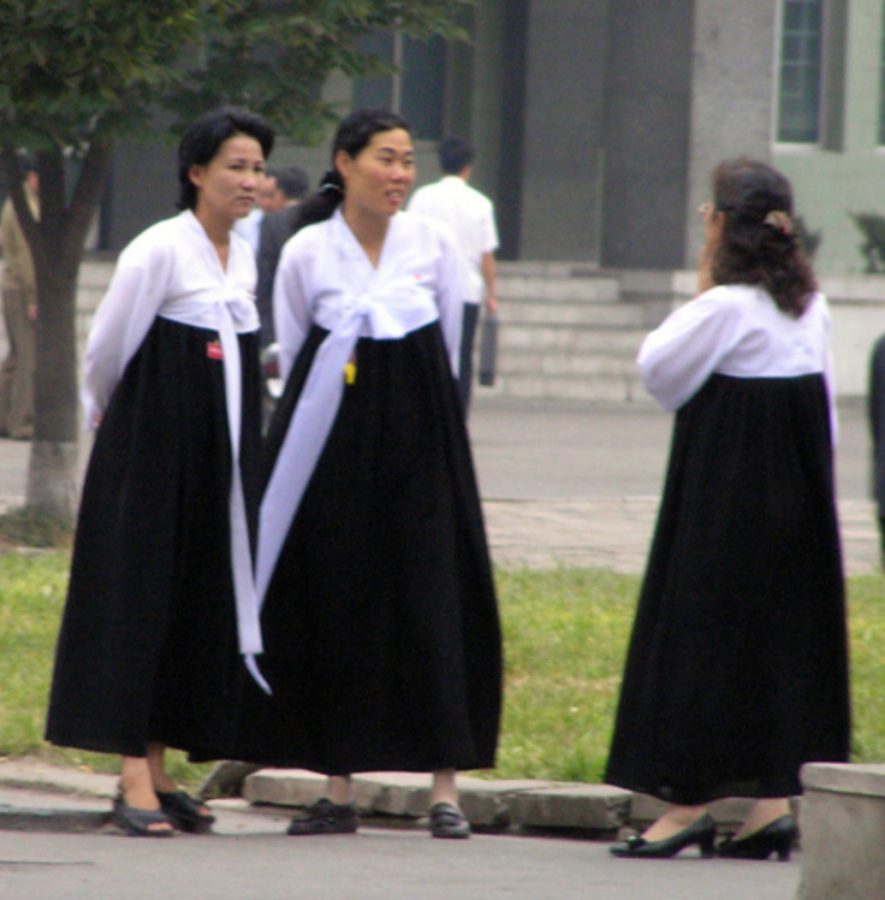Teen fashion around the world: a series—third stop, North Korea

More stories from Coco Corey
Nobody wants a dress code. I remember being called down to the office in middle school to do the “fingertip test.” My shorts were at the same length as my fingertips; I passed. A friend of mine, however, did not. She wrote a very poignant letter to our superintendent about the dress code and its sexist undertones. We can debate the dress code, disagree with the dress code and even protest the dress code—we have the freedom to do so.
But what if you couldn’t wear something as simple as ripped jeans? How far would you go to protest against a dress code? Would you flee your country?
In North Korea, teens are subject to a very different kind of dress code. It’s boundaries are much stricter, and its punishments are much steeper. The code, which varies from city-to-city, is nationwide and includes anything that symbolizes capitalism, including items of clothing with any English words written on it, red lipstick, and ripped denim.
Many who flee North Korea see fashion as symbolism of their lack of overall human rights. Some didn’t even know those rights existed until they saw visitors in their country.
“When I lived in North Korea, I never had the freedom to wear what I wanted, but I never questioned it because I didn’t know this freedom existed,” said Jihyun Kang, 31, who grew up in Chongjin, the third-largest city in North Korea. She first glimpsed that freedom when she was vacationing at Mount Paektu and saw a foreign tourist. “I was convinced that he was homeless because only beggars wore torn clothes in North Korea,” she said. “But my father told me that it was expensive for foreigners to visit North Korea and he supposed that the jeans were ripped as a form of style” (Yoon).
This exact experience goes to show the strict dress code the nation promotes. As someone who takes the freedom to express myself through clothing for granted each day, I can’t imagine a place in which I was stripped of this right.
It is estimated that 60% of North Koreans live below the poverty line. Because North Korea’s economy collapsed, citizens were no longer provided with rations of attire. Instead, they created their own system locally in order to acquire clothing. “North Korean citizens were once provided state rations of clothes—two-piece, uniform-like outfits in limited solid colors—but when the economy collapsed in the mid-1990s, people developed their own system of local markets and there has been a wider range of options ever since” (Yoon).
In essence, smaller markets saw their way to bringing “unapproved” clothing into North Korea. These items are sold under the radar. As long as they are also worn under the radar, there are no consequences; however, often this is not possible. North Korea has checks in place to prevent freedom of expression through fashion. Some organizations such as the Socialist Patriotic Youth League (S.P.Y.L.) patrol the dress code as one of their duties. There are other fashion police in place, such as the Gyuchaladae. Their duty is to walk the streets and make sure everyone looks “acceptable.” The S.P.Y.L does not accept miniskirts, shirts with English lettering, various types of jeans, and has policed the public accordingly. If people want to wear something, like a pair of jeans, for example, they’d have to sneak around in an act to hide from patrol officers.
“For decades, those daring to dress outside the box faced public shaming or imprisonment if caught. Ms. Kang remembered a time, for instance, when she had to beg a patrol officer to spare her from a shaming session after she was caught wearing white denim pants” (Yoon).
It reads like something from a dystopian novel, and yet, it is happening today in another part of our world. The dress code teens in North Korea face is beyond what I dare say any of us have ever experienced. They have actual fashion police stopping citizens and berating them for the choices of clothing they put on their bodies as a form of self-expression. This is because, in their country, there is to be no self-expression.
While we discuss our dress codes, North Koreans see a nationwide dress code as a tangible sign of their lack of personal freedom and human rights.

Coco Corey is a senior entering her second year writing for The Central Trend. Coco plays on the tennis team, and she is also one of the four student section...






